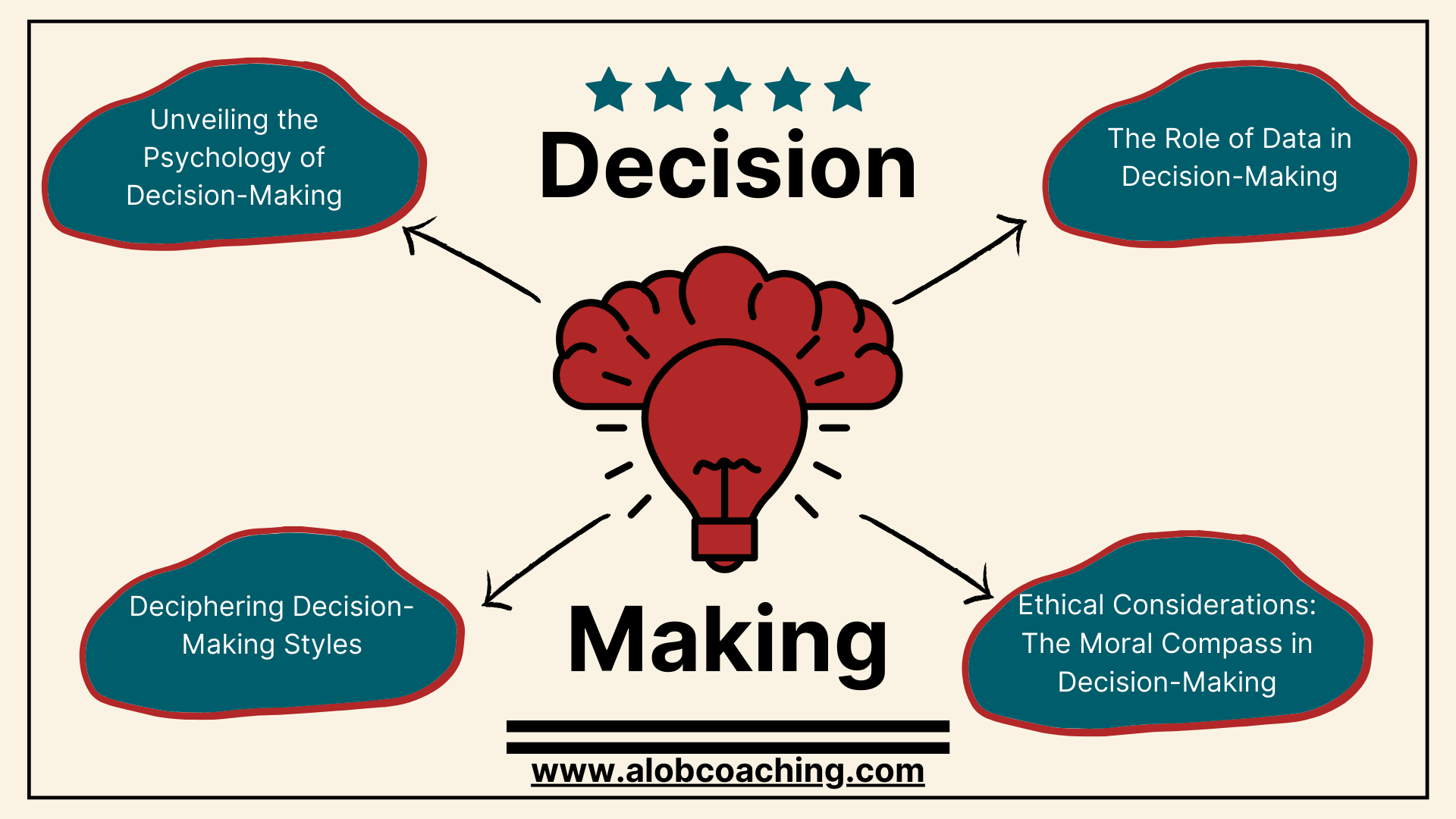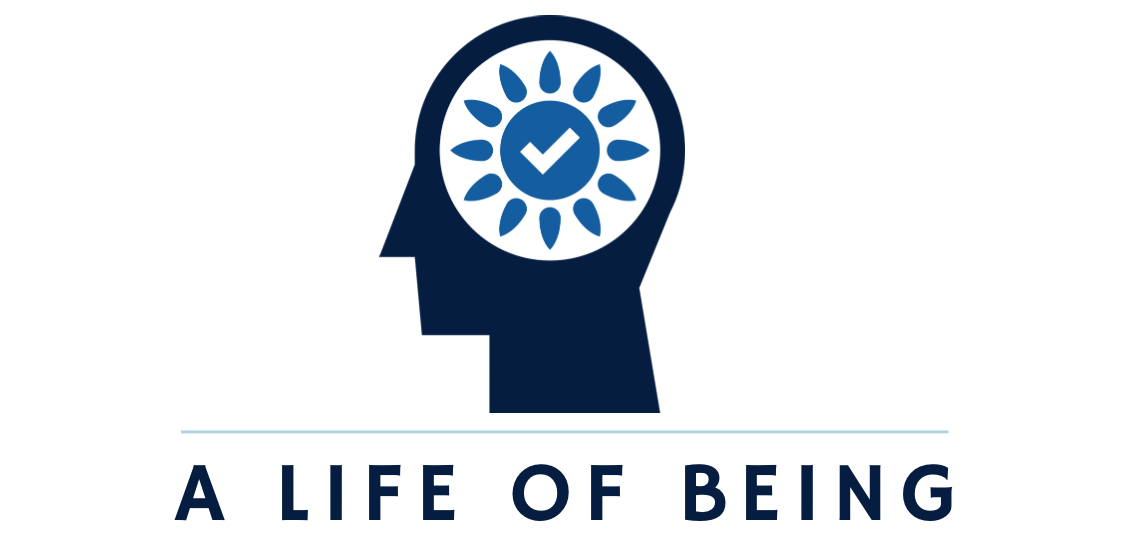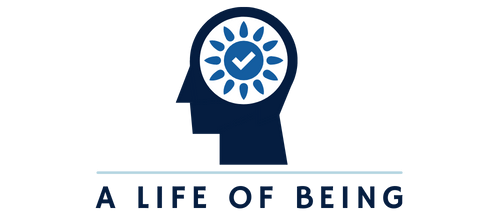The Key to Exceptional Leadership
Understand the link between energy and performance for sustaining focus, productivity, and well-being in today's demanding world. Explore practical techniques to optimize your energy levels and elevate your leadership powers.

Effective leadership requires more than just skills and knowledge in today's fast-paced and demanding world. It demands high energy and vitality to tackle challenges, inspire others, and achieve peak performance. In this blog post, we will explore the importance of energy management for leaders and provide practical techniques to optimize your energy levels.
Before we dive into the strategies, let's take a moment to understand the Start Seeing Results Method, which serves as a foundation for effective energy management. This method combines proven strategies from positive psychology to help leaders, businesses, and organizations achieve their goals and unlock their full potential. Integrating energy management into this approach can enhance your leadership capabilities and drive remarkable results.
Understanding Energy Management
Energy management involves consciously directing and preserving your energy to maintain well-being and performance. It's about understanding that energy is a limited resource that needs replenishment and allocation to various aspects of your life. When you manage your energy effectively, you can experience more significant focus, resilience, and productivity. It's crucial to recognize the connection between energy and performance to grasp the significance of energy management. Your energy levels impact your cognitive abilities, emotional state, and physical stamina. By nurturing your energy, you can sustain a high level of performance consistently.
One framework that can guide your energy management journey is the S+PERMA Process. It combines principles from positive psychology, well-being research, and personal development. S+PERMA stands for Strengths, Positive Emotions, Engagement, Relationships, Meaning, and Accomplishments. This framework provides a holistic approach to energy management, addressing various dimensions of well-being.
Strategy 1: Prioritize Rest and Recovery
Rest and recovery are essential for replenishing your energy reserves. To optimize this strategy, setting boundaries for downtime and relaxation is crucial. Create dedicated periods for rest and ensure that you honor them. Disconnect from work-related tasks and engage in activities that recharge your energy.
Quality sleep is another vital aspect of rest and recovery. Establish consistent sleep routines, create a sleep-friendly environment, and prioritize the recommended hours of sleep each night. Additionally, incorporating mindfulness and relaxation exercises into your routine can help reduce stress and promote rejuvenation.
Strategy 2: Optimize Physical Health
Physical health plays a significant role in energy management. Regular exercise and movement help boost energy levels, improve cardiovascular health, and reduce stress. Find activities that you enjoy and make them a part of your routine.
Nutrition is another crucial factor. Nourish your body with balanced meals that provide essential nutrients. Fueling yourself with healthy foods will support your energy levels and overall well-being. Additionally, prioritize hydration and take adequate rest breaks throughout the day to refresh your mind and body.
Strategy 3: Cultivate Mental and Emotional Well-being
Your mental and emotional well-being greatly influences your energy levels. Stress, negative emotions, and burnout can drain your energy reserves. Therefore, stress management techniques like deep breathing exercises, meditation, and journaling can help you regulate your emotions and maintain a positive mindset.
Developing resilience through self-care activities is equally important. Engage in activities that bring you joy, such as hobbies, spending time in nature, or pursuing creative outlets. Cultivate positive self-talk and affirmations to nurture a resilient and optimistic mindset.
Strategy 4: Enhance Productivity and Focus
Energy management and productivity go hand in hand. When you have optimized energy levels, you can enhance your focus and accomplish more in less time. To improve productivity, set clear goals and priorities that align with your values and objectives. Break down larger tasks into smaller, manageable steps to maintain momentum and track progress.
Implement effective time management strategies, such as prioritizing essential tasks, scheduling dedicated blocks of focused work, and minimizing multitasking. Create an environment that minimizes distractions and promotes concentration. Declutter your workspace, utilize time-blocking techniques, and leverage productivity tools to stay organized and on track.
Strategy 5: Foster Positive Relationships and Social Connections
Human connection and positive relationships have a profound impact on energy and well-being. Building supportive networks and communities can provide a sense of belonging and support. Engage in meaningful social interactions, whether it's through team activities, networking events, or connecting with mentors and peers in your industry.
Practice active listening and empathy when engaging with others. Show genuine interest in their perspectives, experiences, and challenges. By fostering positive relationships, you create an environment that supports your energy management efforts and amplifies your leadership impact.
Strategy 6: Find Meaning and Purpose
Discovering and nurturing a sense of meaning and purpose in your work and personal life is essential for sustained energy. Reflect on your values, passions, and aspirations. Align your daily activities with larger goals and values to cultivate a sense of purpose.
Engage in activities that bring you a sense of fulfillment and contribute to a more significant cause. Whether volunteering, mentoring, or pursuing projects aligned with your values, finding meaning in your actions will energize and inspire you on your leadership journey.
Conclusion
As a leader, energy management is vital for your well-being, success, and impact on others. You can fuel your leadership journey by prioritizing rest and recovery, optimizing physical health, cultivating mental and emotional well-being, enhancing productivity and focus, fostering positive relationships, and finding meaning and purpose.
Integrate the S+PERMA framework into your energy management practices, and witness the transformation in your performance, resilience, and overall satisfaction. Remember, prioritizing your well-being is not selfish but a wise investment that benefits you and those you lead.
Take action today! Click the following links to get your copy of our our comprehensive
Burnout Guide
and
Leadership Influence IQ to support your energy management journey.
Learn more about the Start Seeing Results Method
here to explore how it can further empower your leadership and personal growth. Fuel your energy, unleash your potential, and create a lasting impact on your leadership journey!
The Blog


a b c d e f g h i j k l m n o - Do not remove from template!!! it is important to support different fonts



